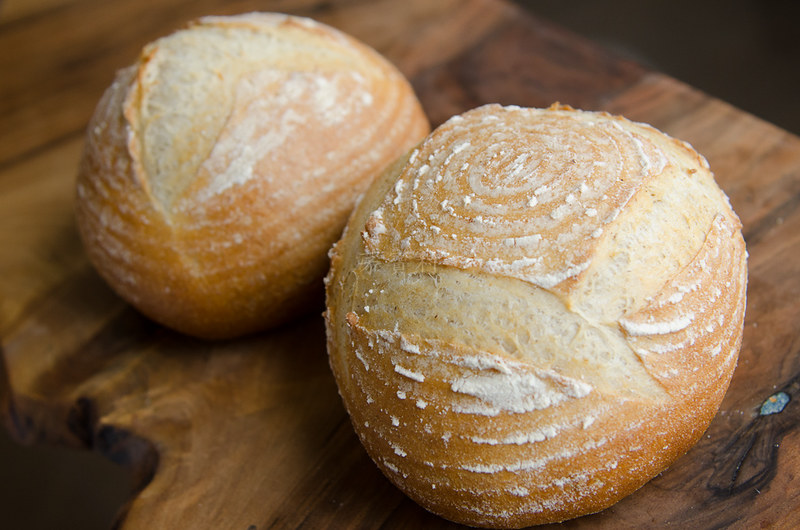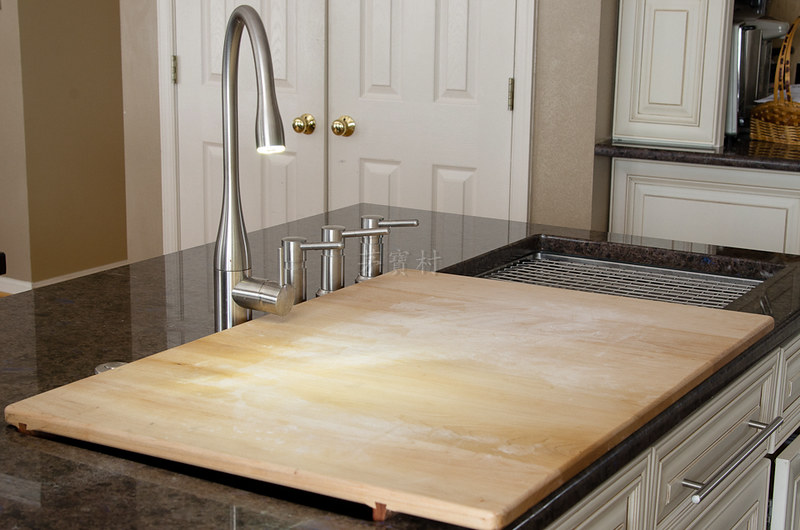Fun with flour
Well, I'll be...! I finally got some photos to share and some material to put up on my blog! Even though I've not posted anything in the blog the last...oh well... nearly 12 months, I've visited TFL on a daily basis to try to keep up with what's going on in this wonderful community. One can find endless inspiration, stimulating discussions and plenty of food for thought in this place, and it just keeps getting better every day. After some starts and stops, I'm now easing back into my regular baking habits, and I usually bake a loaf or two per week.
- Log in or register to post comments
- 12 comments
- View post
- hansjoakim's Blog





